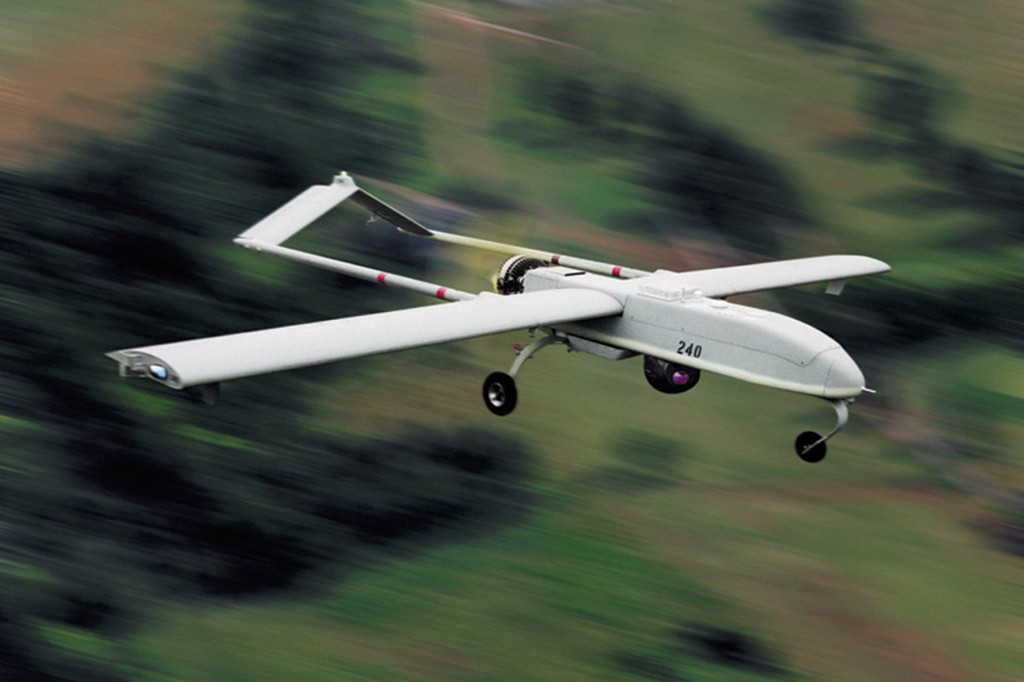Textron Systems, a division of Textron Inc. with much of the company’s defence business, has renamed its various business units as it targets gaps in capabilities in the U.S. military and seeks more business in international and commercial opportunities.
Ellen Lord, President and Chief Executive Officer of Textron Systems, speaking to reporters May 14 in Washington, said that her company is not waiting for requirements to emerge from the military but is committed to internal research and development and is reaching out to the international market for more business opportunities, including security for the oil and gas industry.
Lord also said Textron Systems, operating in numerous niche markets, is engaged in “target[ing] the gaps in capability out there.”
The 33,000-employee company has not realigned its business units, but has rebranded most of them. Gone is the long-familiar AAI name for its unmanned aircraft systems unit, now named simply Unmanned Systems.
Textron Services is expanding its international outreach to such nations as Saudi Arabia and the United Arab Emirates.
“International sales make up for softness in domestic sales,” Lord said.
Textron’s Marine & Land Systems, which is building the Ship-To-Shore Connector (SSC), a new landing craft, is responding to interest from nations in Asia and the Pacific regarding the SSC. The SSC is scheduled for a production readiness review this fall.
“We believe this is an incredibly significant product,” Lord said.
The sectors’ wheeled armoured vehicles are being sold to Canada, Afghanistan, and Colombia. The company is delivering 634 Commando vehicles to Afghanistan and has a follow-on pending order for Textron’s Support Solutions also is involved in training the Afghan National Army to operate the armored vehicles, as well as providing field representatives for intelligence, surveillance and reconnaissance services.
Long known for its unmanned aircraft systems, Textron is emphasizing development of the “capability to do manned/unmanned teaming” of aircraft, such as Shadow UAS searching for targets and streaming video and geo-location data to Apache helicopters to make the attack.
Source: Seapower

